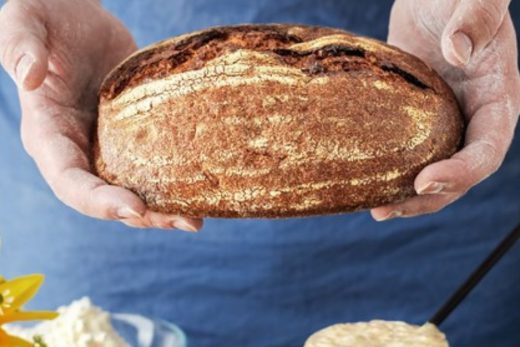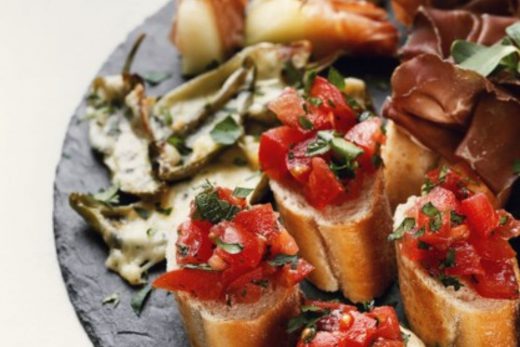Boiled njahi is dark brown, and its once white strips had turned into black strips. To cook the njahi, after it has boiled, I used a spare recipe: onions and tomatoes fried in vegetable oil, salt and pepper, a few chiles tossed in, dhania (cilantro) sprinkled on top at the end. I was determined to taste the njahi in-itself. When I told someone that I was making njahi, and she told me she was 99% certain that I would hate it the first time I ate it, I scoffed. Some things are acquired tastes, she said. I don’t believe in acquired tastes when it comes to food. I tell her this is an excuse to explain away bad food.
I served the njahi with steamed rice. The smell of the cilantro plus chiles plus pepper was enticing. I ate the njahi. It was…not bad. But it wasn’t good either. It was…nothing. Its blandness was overpowering. The njahi assaulted me with its blandness, and I immediately thought of the other beans I have stocked in my pantry, and wondered why I hadn’t just made them instead. Njahi’s taste is what I imagine British food tastes like, and I wonder what it means that the British themselves embarked on a deliberate campaign to excise it from the Gikuyu diet.





